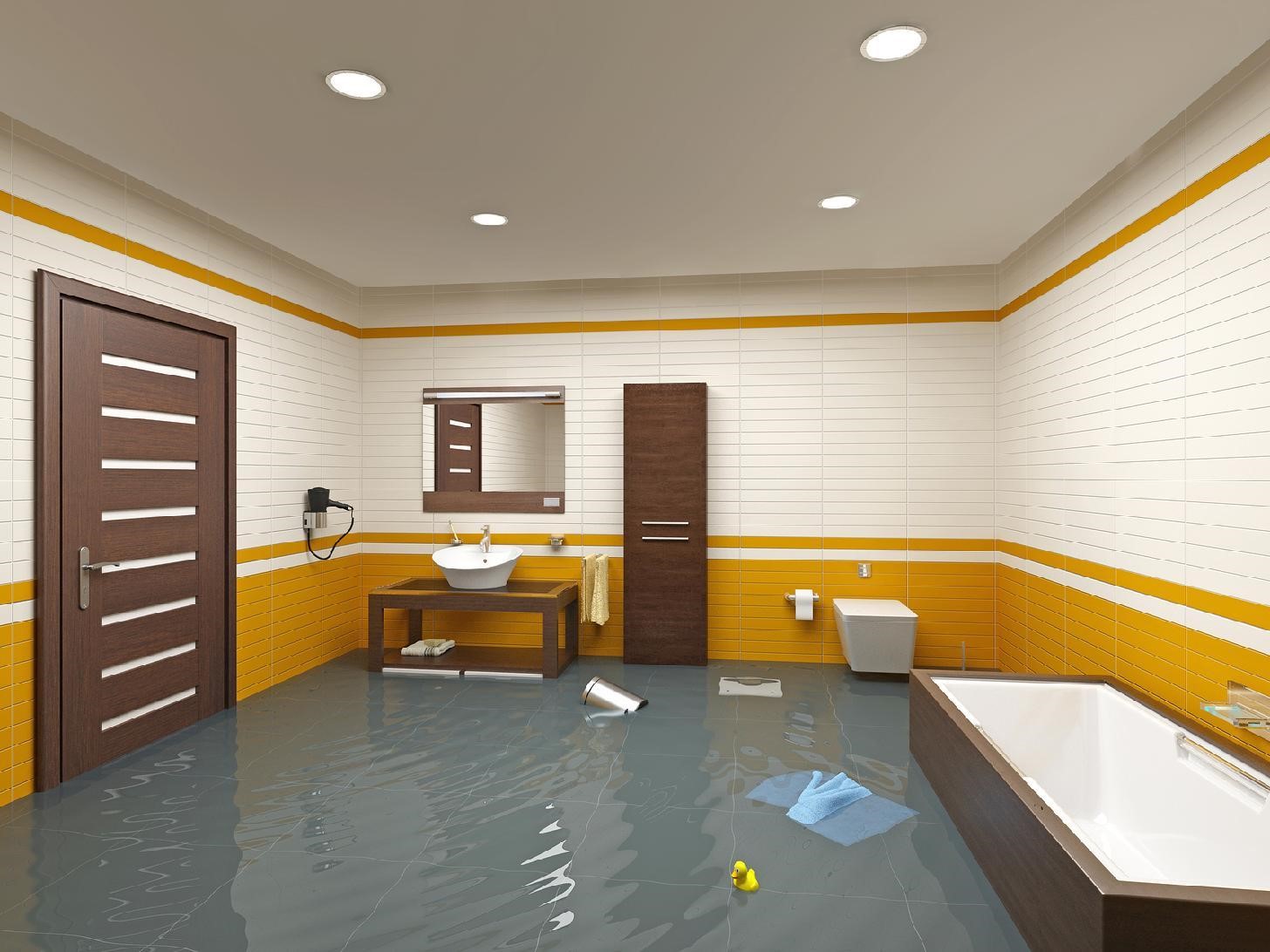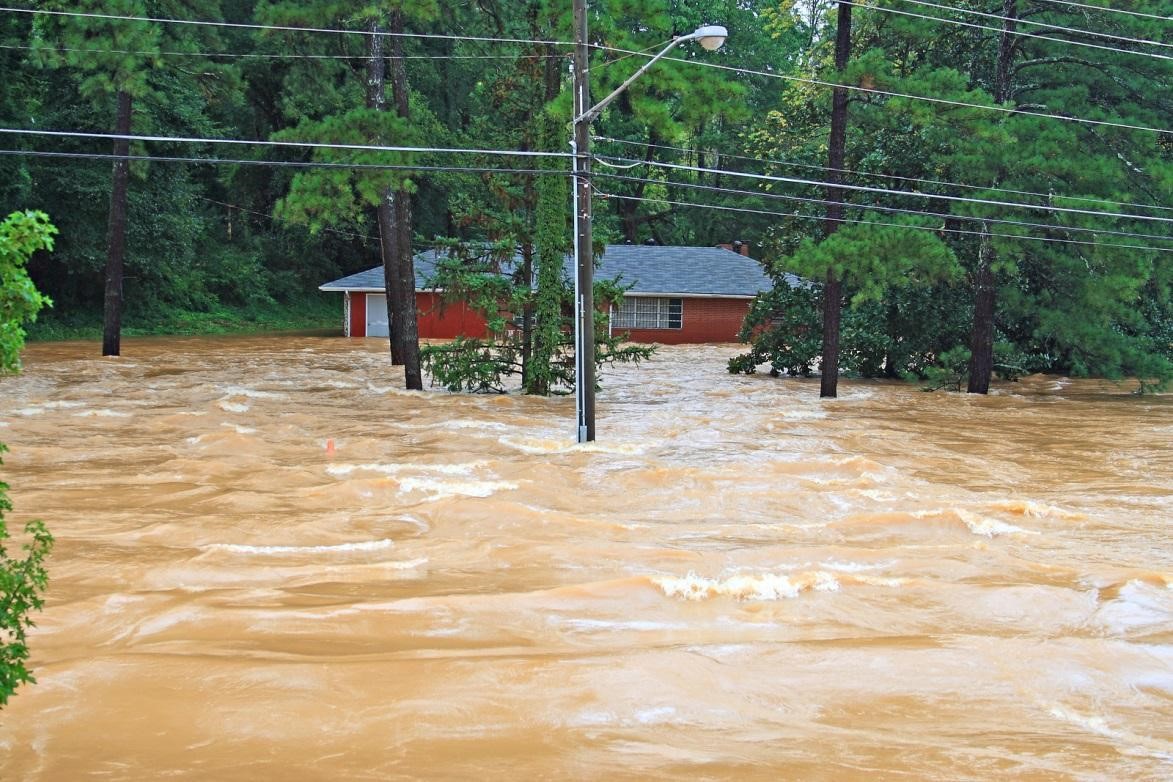
Storm water harvesting has emerged as a commendable sustainable practice over the last few years. Homeowners and businesses alike can find suitable collection and storage technologies that fit into their property and fulfill their water conservation goals. For commercial establishments or companies, specifically, the advantages that can be gleaned from these innovative stormwater solutions are valuable.
http://stormchambers.com/info-articles/how-stormwater-solutions-can-impact-your-business-and-yield-profits/
















